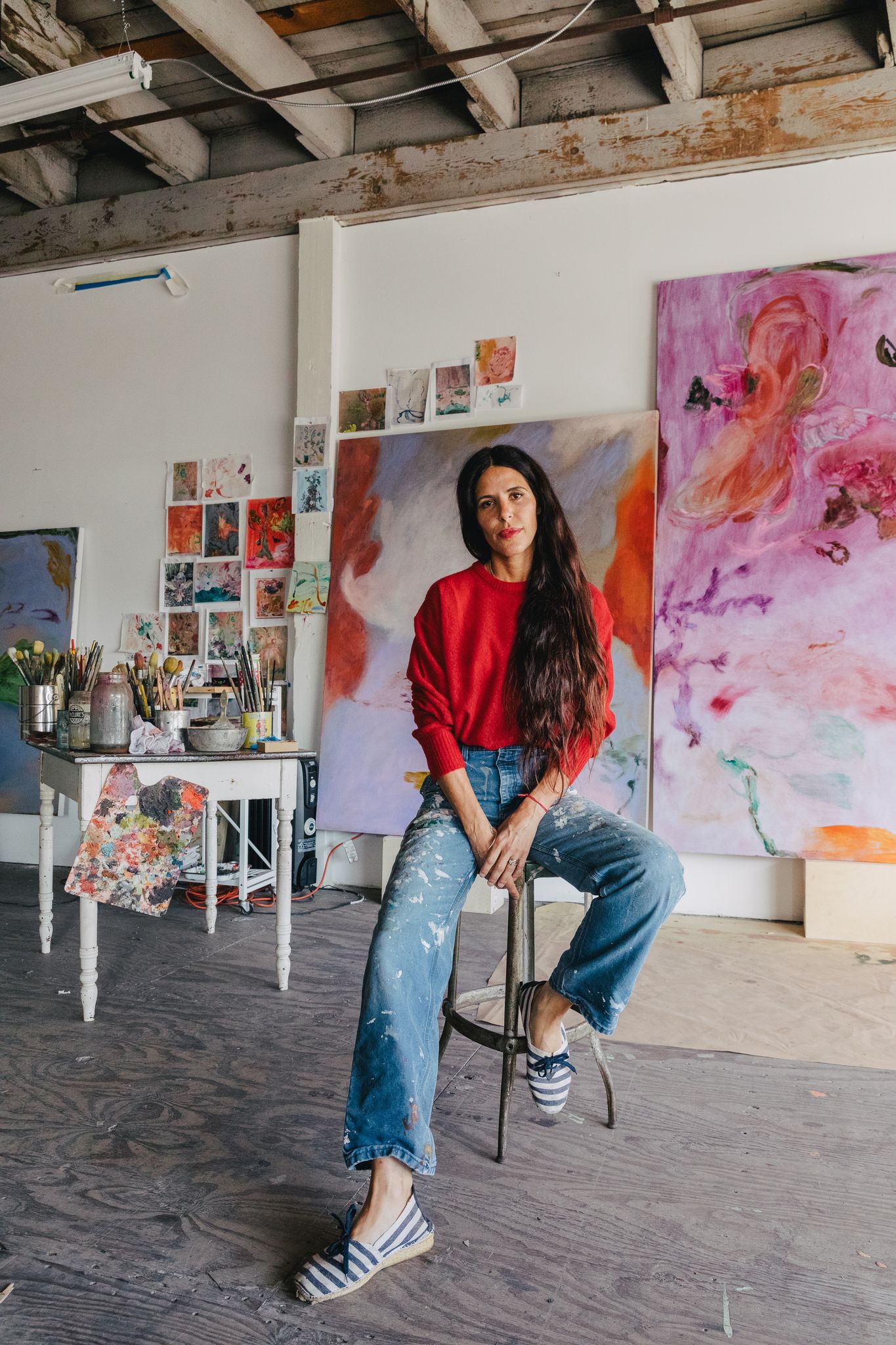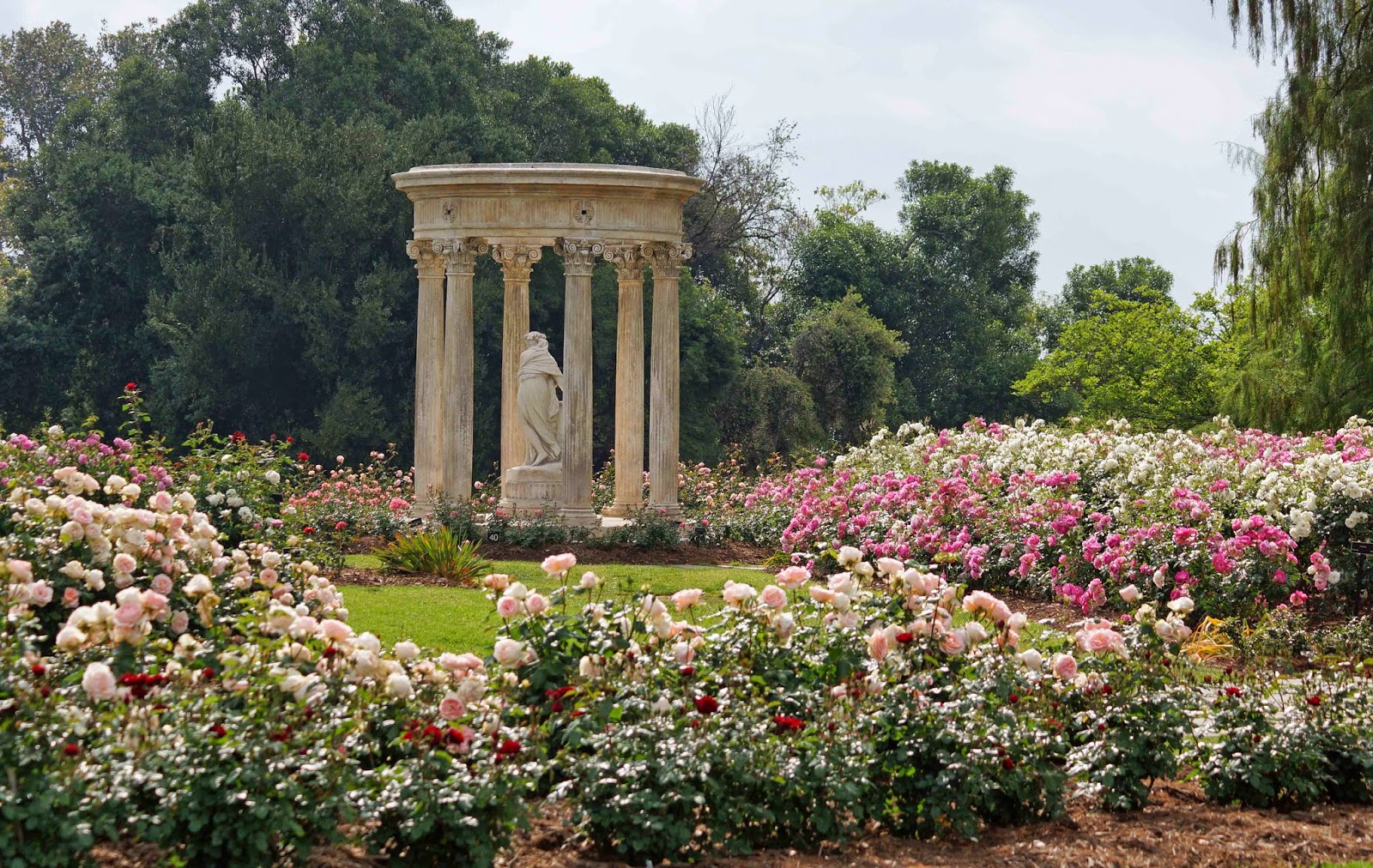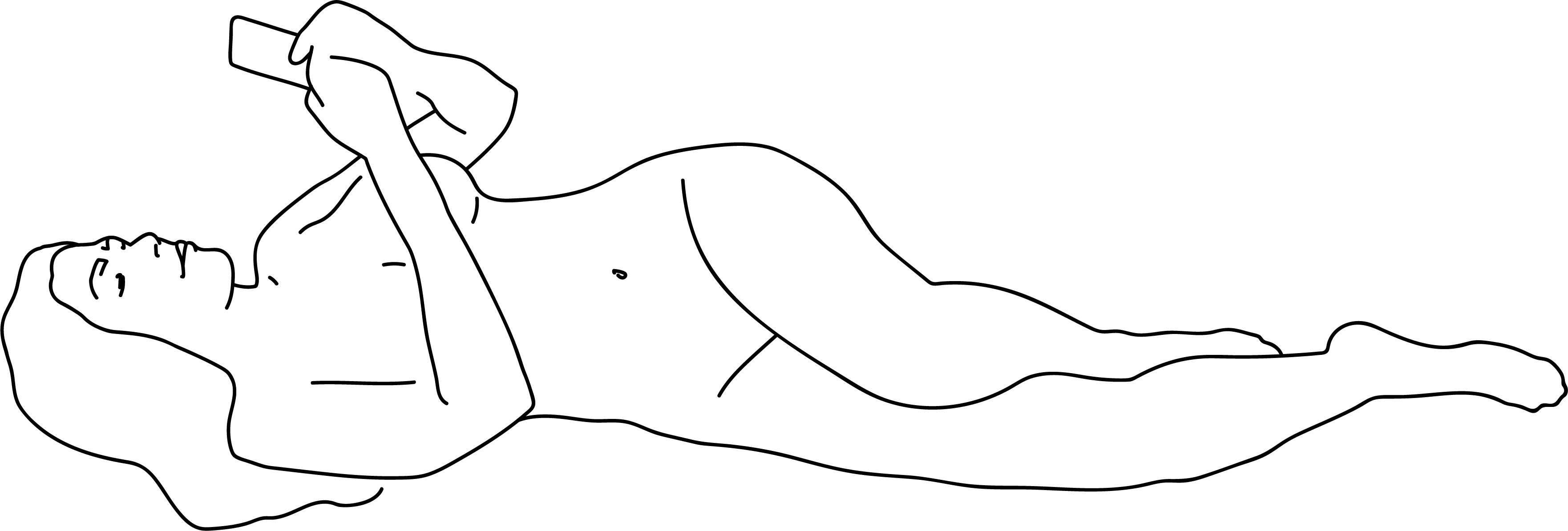Thursday, 8 January of 2024
Patricia Iglesias
@patopeco

‘Born in Buenos Aires, Argentina.
After apprenticeships with Pablo Edelstein and Philip Pavia, in Argentina and Italy respectively, Iglesias Peco moved to the United States to study first at the Savannah College of Art and Design and subsequently at the School of Visual Arts in New York. Iglesias has participated in several group and solo shows, both in the United States and Argentina. Currently she lives and works in Los Angeles’
How do you nourish your own creativity:
Well, I love looking at art and art books. If I feel somehow stuck, I go to a museum or try to see a painting show. I am lucky to live very close to the Huntington Gardens, so that is a place I go to for nourishment; I find it peaceful and recharging. I think being surrounded by nature is always the best way to find inspiration. I have been reading this incredible Uruguayan author called Marosa Di Giorgio, who has really informed my latest body of work. The way she writes is extremely painterly, feminine, and visceral, which resonated with me.

Eden (2014) Huntington Gardens
What is the role of chaos in your creative process?
When I start a painting, there is a whole methodical process where I create a color chart that guides me in determining the feeling of the painting. Once I establish this initial structure, I welcome chaos because it allows me to be playful. It's very important in any creative process to get lost and to discover. I believe chaos makes things less precious; there is great fun when you are a child and you are playing, and all the toys are scattered on the ground! In my process, rigidity or order is not conducive to the exploration that happens in my work when I am painting.
Whose gaze discourages you, and whose stimulates you? To whom do you show your completed works?
I believe that, at times, our own gaze can be our worst enemy - our own inner critic; that's the gaze that can be so detrimental in any creative process. The gazes of my sister and my nephew really stimulate me. Typically, I show my finished works to my sister and my husband.

At what moment or in what aspect of your life do you believe you express yourself most authentically?
Without doubt I express myself the most authentically when I am alone at studio painting and also in the way I show my affection, I am very Argentine in that way!
How would you describe the relationship between your artistic creations and your inner child?
I will have to say that without the inner child there are no creations in my opinion, the ludic aspect is extremely important in my work.
How to make the body take precedence over the mind? How to enable the wisdom of the body and emotions to make creative decisions?
This is a very complex thing and I am constantly challenged by it. When I am working on ceramic somehow it becomes easier to let the hands just take over. Some of my brushstrokes are very visceral and physical and I try not to intellectualize it and allow that movement guide the line; as my mentor used to say "it needs to be felt"
A new piece of art you've created:

One of your earliest pieces of art:
This is one of my earliest works from 1990's

Work place:


Artists that inspire you:
There are many artists who have inspired me, and a lot of them are writers such as Clarice Lispector, Borges, Marosa Di Giorgio, Ernesto Sabato, to name a few. Visual artists I love include Leonor Fini, Sophie Taeuber-Arp, Sanja Ivekovic, Redon, Christina Quarles, Elizabeth Glaessner, Emilio Villalba, and, of course, my mentor Pablo Edelstein. The list is truly endless.

@_lonorfini_ (2023) “Sylvan Deity“

Odilon Relon (1905) “Buddha Walking among the Flowers”

Christina Quarles (2021) “Gone on too long

”
Sophie Tauber Arp (1920) “Dada Head”

Elizabeth Glaessener (2020) “Hoof love”

Sanja Ivekovic (1967) “Monument”
.
